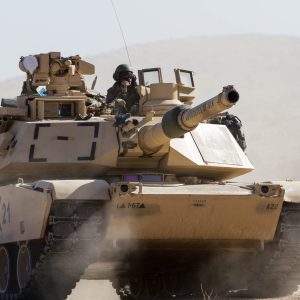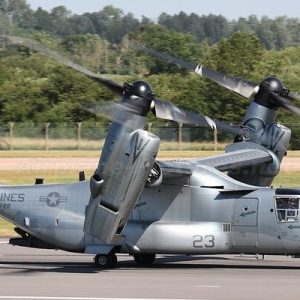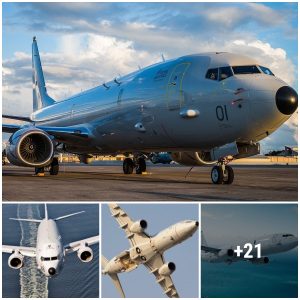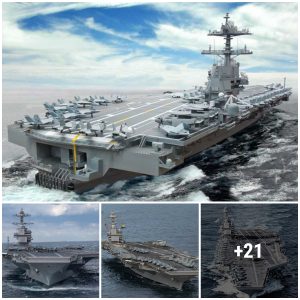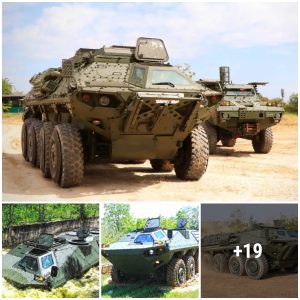The same aircraft, different variants, and vastly varying performances. That is how one could best describe the F-35A and the F-35B — US aerospace giant Lockheed Martin’s highly advanced 5th generation stealth fighter jets.
Despite the same basic design, additions (and subtractions) for different roles and operating environments massively affect the aerodynamic performance of the two jets.
To give you a lowdown on the F-35, its variants, and capabilities, we envision (for purely illustrative purposes), a duel between – an Israeli F-35A and a British Royal Navy F-35B. Interestingly, Israel and the UK are two of the US’ closest allies.
Israeli F-35I ‘Adir’
Israel’s F-35I (or ‘Adir’ in Hebrew) is a significantly modified version of the F-35A, with customizations conforming to Israeli tactical and operational needs. It was the first country outside the nine-nation alliance to acquire the stealth jet and also the first to use it in active missions in May 2018.
Then, it had struck targets friendly to Basher al-Assad and Iran in Syria. A primary addition has been external fuel tanks to extend the jet’s limited range and enable it to go as far as Iran that is more than 1500 miles.

Israel F-35 Adir
With an aircraft that already lacks in aerodynamic performance, the addition of pylons adds to the weight, and ‘drag’. ‘Drag’ occurs when an aircraft has more surface area when airflow is obstructed, causing more resistance.
While the pilot can jettison the tanks in the event of a faceoff, the airframe fatigue caused by the additional payload that it was originally never designed to carry, can lead to several other technical problems, maintainability, and life-cycle costs.
Israel is also said to have access to the jet’s highly classified mission control systems, software, and consent to fuse the plane with its own avionics – an Israeli penchant for fusing foreign platforms with its own systems and electronics.
The F-35I also has a greater internal fuel capacity of 18,480 pounds. The jet can also mount a gun above the left air-inlet on the wing root.
Royal Navy’s F-35B
Designed primarily as a carrier-borne fighter, the F-35B is the second short takeoff/vertical landing (STOVL) jet in the world, after the American AV-8B Harrier II (and its British and Indian iterations, the Sea Harriers).
Its exhaust nozzle can turn downwards releasing thrust that can allow it to hover like a helicopter and descend down (or up). However, the F-35B also has a large shaft-driven lift fan connected to the engine on the fuselage behind the cockpit that is exposed through a hatch when the pilot is landing vertically.

It provides lift (or thrust) when the pilot is landing or taking off vertically. Apparently, this arrangement of the F-35B is nearly similar to the Soviet-era Yakovlev Yak-141, which was canceled in 1991 after the USSR disintegrated and the Communist state slipped into a decade-long economic downturn.
This makes the F-35B fatter, seen from the front, as different engine and STOVL-specific additions add to the airframe. Besides an enlarged ‘Radar-Cross Section’ (RCS) that increases detectability, it also adds to the ‘drag’, which reduces maneuverability and makes it less nimble – a key requirement in a dogfight that involves tight turns and loops.
Worse, the F-35B takes 18 more seconds to accelerate from Mach 0.8 to Mach 1.2 and can only pull a maximum of 7Gs. While far superior to the AV-8B Harrier II in terms of its engine, radar, speed, and avionics, the F-35B still lags in overall kinematic performance compared to its ‘A’ and ‘C’ variants (also a carrier-borne jet).
How Would A Dogfight Look Like?
If they ever come face to face, the Israeli F-35I (or the F-35A) is likely to prevail, given its more capable aerodynamic performance.
While both variants have the same electronics, avionics, radar, and sensor suites, a Helmet Mounted Display (HMS) to reduce flying fatigue and an Electro-Optical Tracking System (EOTS), maneuverability is what decides the outcome of a dogfight.
This is of course assuming three things: One, they have remained undetectable to each other due to their stealth feature and launched Beyond Visual Range (BVR) missiles, coming close enough for a dogfight.
Two, neither of them have been able to successfully jam the other given the similarities in electronic warfare suites. Here too, Israelis are likely to prevail since they are expected to install their own highly advanced systems.
And third, a fight between the two is only likely if Israel and Britain would ever go to war. Such an instance is currently inconceivable under the current geopolitical scenario and would need a complete realignment of the fundamental global alliances, where the Western world and its allies turn on each other!
